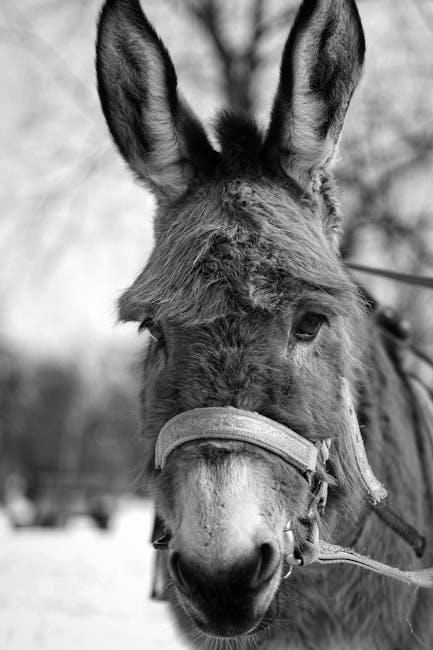animal farm summary pdf
- Published
- in PDF
Overview of the Book
The book is a satirical fable that tells the story of a group of farm animals who rebel against their human owner, Mr; Jones, and take over the farm. The story is set in England and is written by George Orwell, a renowned author known for his dystopian novels. The book is a commentary on the Russian Revolution and the rise of Stalinism, with the animals representing the different classes and groups that were involved in the revolution. The story is told through the eyes of the animals, who are given human-like qualities and characteristics, making it easy for readers to relate to them. The book is a classic example of allegory, where the characters and events in the story represent real-life events and people. The book has been widely read and studied, and its themes and messages are still relevant today, making it a timeless classic. The story is engaging and easy to follow, with a simple yet powerful plot that explores the complexities of power, corruption, and the human condition.
Main Characters in the Story
The main characters in the story include Old Major, a wise and aged boar who inspires the rebellion, and Napoleon, a power-hungry pig who takes control of the farm. Other key characters include Snowball, a clever and charismatic pig who opposes Napoleon, and Boxer, a hardworking and loyal horse who is dedicated to the farm. The character of Benjamin, a wise and skeptical donkey, also plays an important role in the story. Additionally, there is Mollie, a self-centered and vain horse who represents the selfishness and individualism that threatens the harmony of the farm. These characters, along with several others, drive the plot and explore the themes of the story. The characters are well-developed and complex, with each one representing different aspects of human nature. The relationships between the characters are also significant, and their interactions and conflicts shape the course of the story. The characters’ personalities and traits are expertly woven into the narrative, creating a rich and engaging story. The story features a diverse range of characters, each with their own unique voice and perspective.
Plot Summary of Animal Farm is a story about animals taking over a farm, with events unfolding in a series of chapters and sections online always.
Rebellion Against the Human Farmer
The rebellion against the human farmer is a pivotal event in the story, sparked by the animals’ desire for freedom and better living conditions. According to the online summary, the animals are inspired by Old Major’s speech, which emphasizes the importance of unity and self-reliance. The rebellion is led by the pigs, who are seen as the most intelligent and capable animals on the farm. As the story unfolds, the animals work together to overthrow the human farmer, Mr. Jones, and take control of the farm. The online PDF summary provides a detailed account of the rebellion, including the events leading up to it and the aftermath. The rebellion is a significant turning point in the story, marking the beginning of a new era for the animals on the farm. The online summary highlights the key themes and motifs associated with the rebellion, including the struggle for power and the corrupting influence of authority. The rebellion against the human farmer is a powerful symbol of the animals’ desire for autonomy and self-determination. The online summary provides a comprehensive overview of the rebellion and its significance in the context of the story. The rebellion is a crucial element of the narrative, driving the plot forward and shaping the characters’ experiences.
Changes at Animal Farm
The changes at Animal Farm are a result of the animals’ newfound freedom and their attempts to create a self-sufficient society. As noted in the online summary, the farm is renamed Animal Farm, and the animals work together to maintain and improve the farm. The pigs, being the most intelligent and capable animals, take on leadership roles and begin to make decisions for the farm. According to the online PDF, the animals also establish a set of rules, known as the Seven Commandments, to guide their behavior and ensure the farm’s success. The changes at Animal Farm are significant, as they reflect the animals’ desire for autonomy and self-determination. The online summary provides a detailed account of the changes, including the challenges the animals face and the ways in which they adapt to their new circumstances. The changes at Animal Farm are a crucial aspect of the story, driving the plot forward and shaping the characters’ experiences. The online summary offers a comprehensive overview of the changes and their impact on the farm and its inhabitants. The changes are a key element of the narrative, highlighting the animals’ capacity for cooperation and innovation.
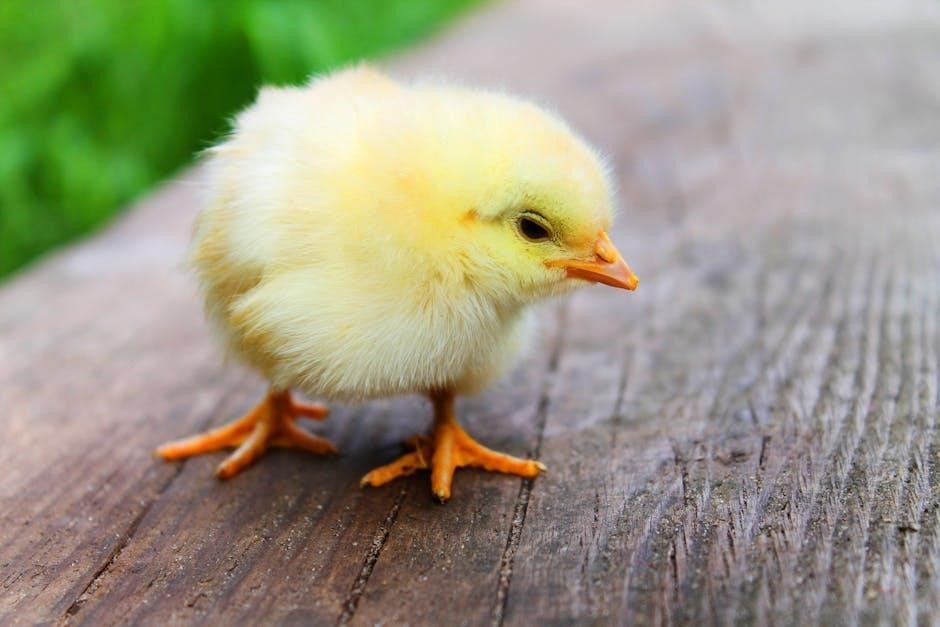
Themes and Symbolism in Animal Farm
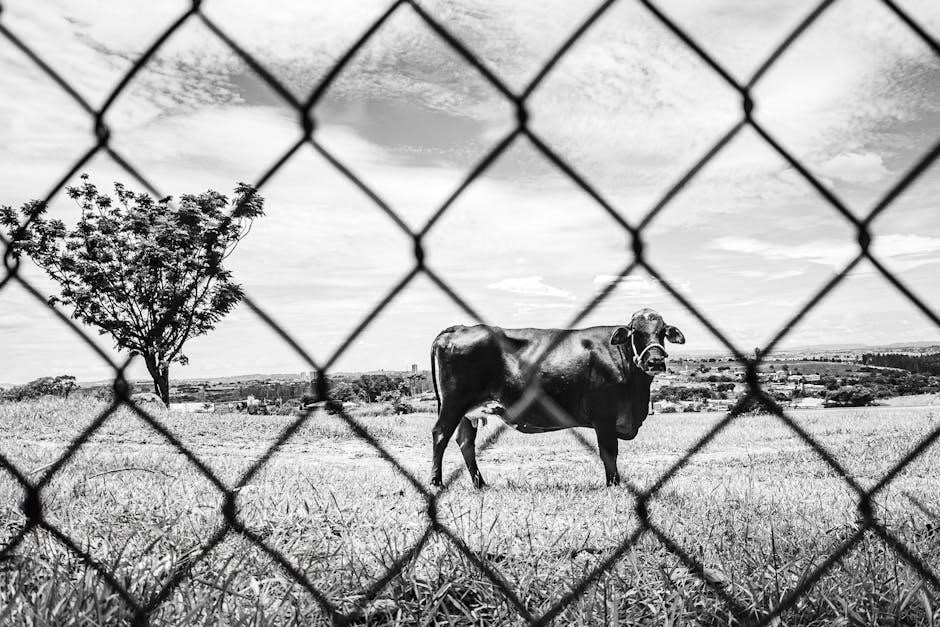
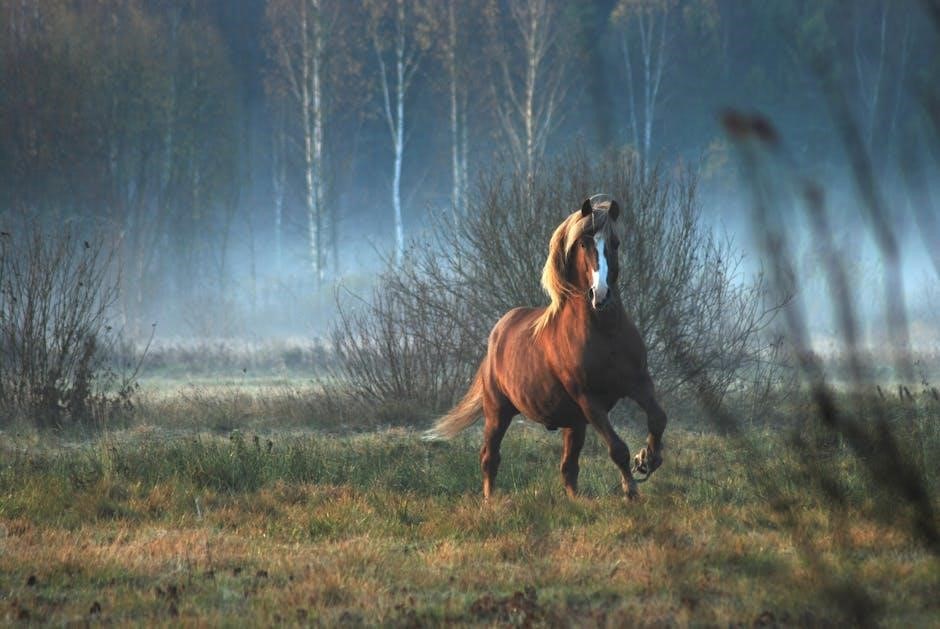
Exploring themes of power and corruption through symbolic characters and events in a concise online summary always.
Allegory and Symbolism
The story of Animal Farm is an allegory, a type of narrative that uses symbolic characters and events to convey a message. The animals on the farm represent different groups of people, with the pigs symbolizing the ruling class. The character of Old Major, a boar who inspires the rebellion, represents the ideals of socialism and equality. The farm itself is a symbol of the Soviet Union, with the different animals and events representing various aspects of the Russian Revolution. The use of allegory and symbolism allows the author to explore complex themes and ideas in a way that is both subtle and powerful. The story is full of symbols, from the flag to the anthem, each with its own meaning and significance. The allegory is not just a simple story, but a complex web of symbols and meanings that add depth and complexity to the narrative. The use of allegory and symbolism is a key element of the story, making it a rich and thought-provoking read. The story has been interpreted in many ways, with different readers understanding the symbols and allegory in different ways.
Equality and Tyranny
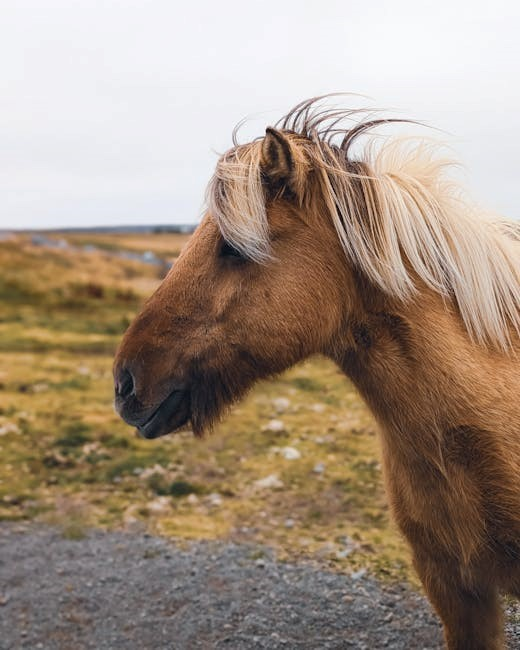
The theme of equality and tyranny is a central one in the story of Animal Farm. The animals, led by the pigs, rebel against their human oppressors in the name of equality and freedom. However, as the story progresses, it becomes clear that the pigs are using their power to exploit and oppress the other animals. The pigs use propaganda and manipulation to maintain their control, and the other animals are forced to live in a state of tyranny. The story highlights the dangers of unchecked power and the ways in which those in power will often use their position to exploit and oppress others. The theme of equality and tyranny is a powerful commentary on the human condition, and the ways in which we often struggle with issues of power and control. The story shows how easily equality can be corrupted, and how tyranny can arise even in the most well-intentioned of societies. The pigs’ abuse of power is a warning against the dangers of totalitarianism and the importance of protecting individual freedom and autonomy. The story is a powerful exploration of the human condition.
